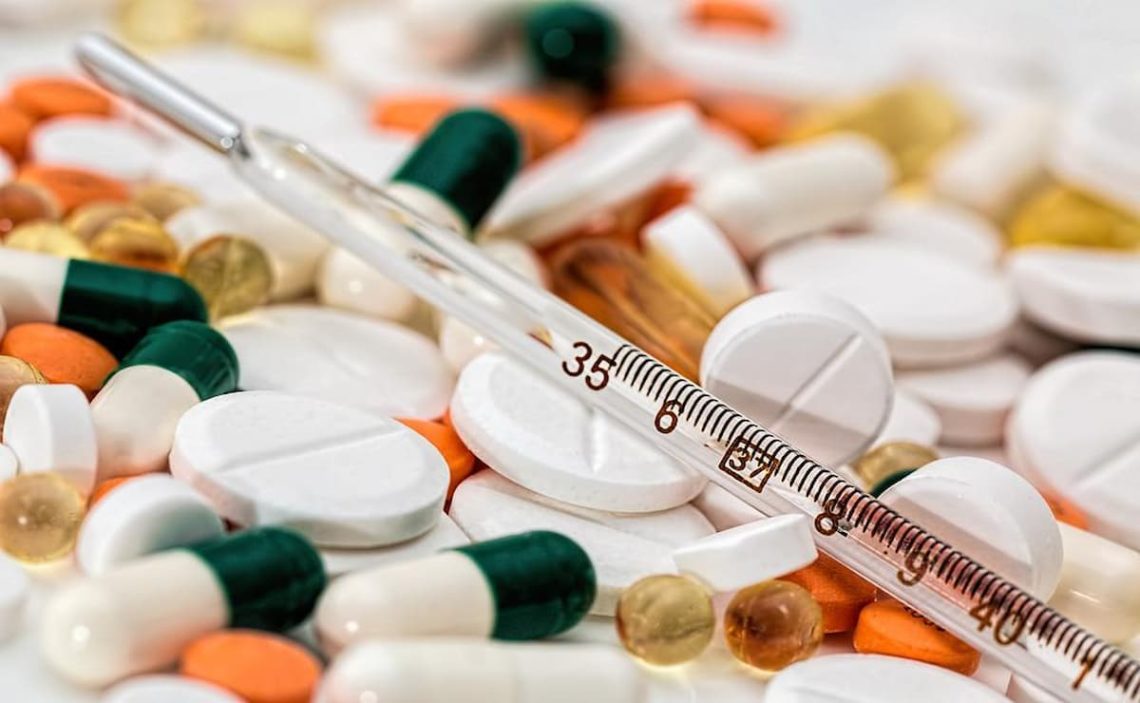The PCN is an identifier used for pharma payments routing. This indicator can be numeric or alphanumeric. Note that all providers do not use it. This means that you will not always find it on your insurance card.
Like all other data provided by an insurance card, the PCN is also considered very important information. We will explain what it is, how to find it, and what this identifier is for.
What is the PCN on insurance cards?
The PCN is used as an additional identification tool in a pharmaceutical transaction. Its function is to process payments, making it easier to pay for medicine at the pharmacy.
This indicator is commonly used to signal the difference between medical plans and benefit packages. It is an indicator that is used for commercial purposes. Therefore, it does not provide information on the policy but a payment channel between the insurer and the pharmacy.
Where do you find the PCN on your insurance card?
As with the BIN indicator, the PCN is located on the pharmacy identification card. It is usually clearly visible among the main data on the card.
Not all insurers have adopted this indicator, and you will not find it on all pharmacy cards. When this happens, it may be because the insurer uses another type of indicator. In any case, if you have any doubts, the best thing to do is to check with the insurance company. You should find out how the pharmaceutical payments of your insurance are arranged and with which indicator this is done.
Further important indicators: the BIN number
The BIN number is a very important indicator on a health insurance card. In fact, in some cases, it can serve as a replacement for the PCN or as an addition to it.
The BIN number is a strictly financial identifier. It does not provide policy-related data but notifies the pharmacy’s database which health insurance provider to send a payment request for the medicines.
It is an identifier that was originally a reference to a bank, but it does not mean that banks are involved. No banks are involved as the pharmacy contacts directly the insurer. The pharmacy then knows who to bill: it does not go through any bank.
In general, these indicators can appear in three different formats:
● BIN
● PCN
● Rx
They are usually located on the front of the card on the right-hand side. However, there are some differences in the format.
● BIN is a six-character code
● PCN is an eight-character code
● RxGrp is a six-character code with two alphanumeric digits
Why are insurance and pharmacy cards so important?
Keep in mind that it is difficult for you to receive medical or pharmaceutical care without these cards. This is the documentation that proves that you are insured and the coverage offered by your health policy.
From the pharmacist’s point of view, they always ask for the insurance card. It is important to know that the insurance card is not always used for prescriptions. Some insurance companies issue different pharmacy cards. The PCN is relatively common on these cards as it provides the confirmation address for billing.
In other cases, the BIN number will be used to determine who should be billed for the medicines requested by the insured. In addition, depending on the type of drug plan to which the insured person subscribes, the insurance card may also provide information on possible co-payments.
How to read health insurance cards
Generally, health insurance cards will contain information such as:
● Name(s) of the insured
● Policy number(s)
● Insurance plan identifier(s)
● Insurer contact
● Co-payments
● Prescription identifier (if included on the card)
Remember, both the insurance and pharmacy cards are essential to receive medical and pharmaceutical help.


